PACIFIC SCHOOL OF INNOVATION AN INQUIRY
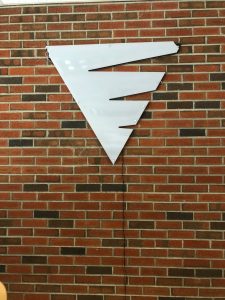
Our class got a chance to visit PSII and learn more about how an inquiry-based high school leads students to be in charge of their own learning. On their website, PSII includes the below graph to show how their approach to high school education differs from the traditional model in schools across BC and Canada.
| Most high schools | PSII | |
| Subjects, courses, and classes | Subjects are segregated into separate courses/classes where BC curriculum is covered. | Subjects are integrated; the BC curriculum+ is uncovered in interdisciplinary combinations. |
| Level of personalization | Courses are pre-designed for a batch of 20 to 30 students with some post-design differentiation after the fact based on student need/interest in some cases. | Personal learning paths are co-created by learners and teachers. Intersection points and emerging needs/goals inform what is done individually and what is done in groups. |
| Curriculum design | Curriculum is built on “behavioural outcomes” where every student is asked to demonstrate the same learning behaviour. Some competencies are also referenced, but are lower on the hierarchy than the outcomes. | Curriculum is built on personal curiosity through a close learner-teacher relationship, with room for occasional “nudges” by the teacher in to areas of learning the learner may not have thought of alone. Learning is based in valued human attributes, then competencies, then personal and universal learning goals. |
| How learners are grouped | Students are typically grouped by age/grade level. Classes are organized ahead of time and groupings do not change for a semester of a whole year. | Learners are grouped when it makes sense in whatever configuration makes sense. Sometimes by interest, sometimes by similarity, sometimes by difference. Groupings are dynamic. |
| Learning environment | “Classrooms” are the main units of learning, so school buildings are organized into rooms of 20 to 30 to hold the average batch size. Some rooms are specialized but many are generic. | Learners are the main units of learning, and so the school has micro-environments of many different shapes and sizes. Some areas are specialized, but almost everything is flexible. |
| Connection to the greater community | Schools try to offer hypothetical models within the school walls to allow students to demonstrate learning and skill development. Community-based projects are the exception. | Learners are encouraged to develop real projects, based on their own inquiries, and to access the world outside for mentorship, modelling, ideas for future projects, and as a place for them to contribute to society. |
| Face-to-face or virtual? | Most high schools are either face-to-face or are based in a “distributed learning” model where students access learning via technology. Almost all face-to-face is with a teacher alone, and almost all virtual access looks a lot like correspondence courses, only on a computer screen. | PSII learners will be in a hybrid environment by necessity. There is no substitute for face-to-face (at least 90% of what students will experience each day) when human relationships are valued, but because learners could be learning almost anything at any time, virtual experts will often comprise part of the resources learners will access. |
| Physical health | Physical education is taught in a gym, with team sports as the main method of providing physical activity. Everyone in a PE class usually does the same thing at the same time, regardless of experience, preference, body type, or health status. | Learners will learn about a holistically healthy lifestyle, including physical health, and will co-create a physical health plan (and assess progress) with a teacher, but will experience it at the Victoria YMCA and other locations that best fit the personal learning goals. |
A few take-aways I got from founder Jeff Hopkins:
- students use guiding questions for inquiry and learn to generate questions that will then be used to build their curriculum
- teachers co-construct with students
- students create their own learning portfolios using Trello. This allows for collaboration between teachers and students ⇒ can invite users to comment and edit
- classes are composed of students who have similar inquiries and teachers can direct and guide smaller class sizes with students’ questions
Watch Jeff talking about inquiry-based learning on his recent TedTalk
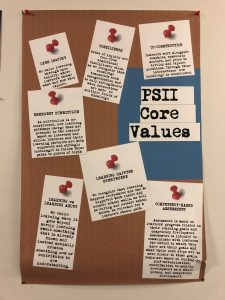 PSII Core Values
PSII Core Values
- Open Inquiry
- Consilience
- Emergent Curriculum
- Learning Happens Everywhere
- Learning vs Learning About
- Competency-based Assessment
- Co-construction
The PSII space is in downtown Victoria in a second-floor office space that is comprised of one big room where students sit to work on their inquiries, then smaller ‘classrooms’ that allow for discussion and learning.

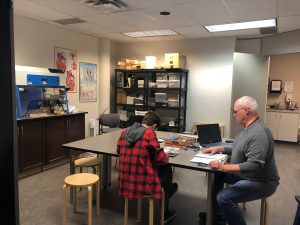
???????????????? What is your wondering ????????????????????
How might this model work in elementary years?
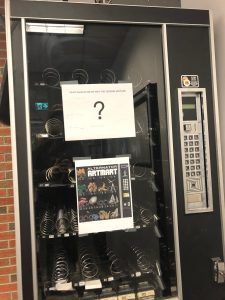
What should we do with the vending machine?
Even the vending machine had a question!
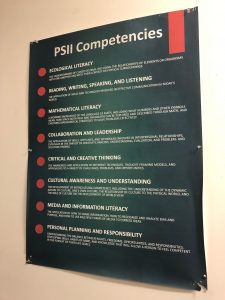

A few other resources to check out:
- ARC Academy of Inquiry, a new middle school that is opening up in Victoria
- Reynolds High School Flex Program
- Trevor Mackenzie’s website
- Rebecca Bathurst-Hunt’s website
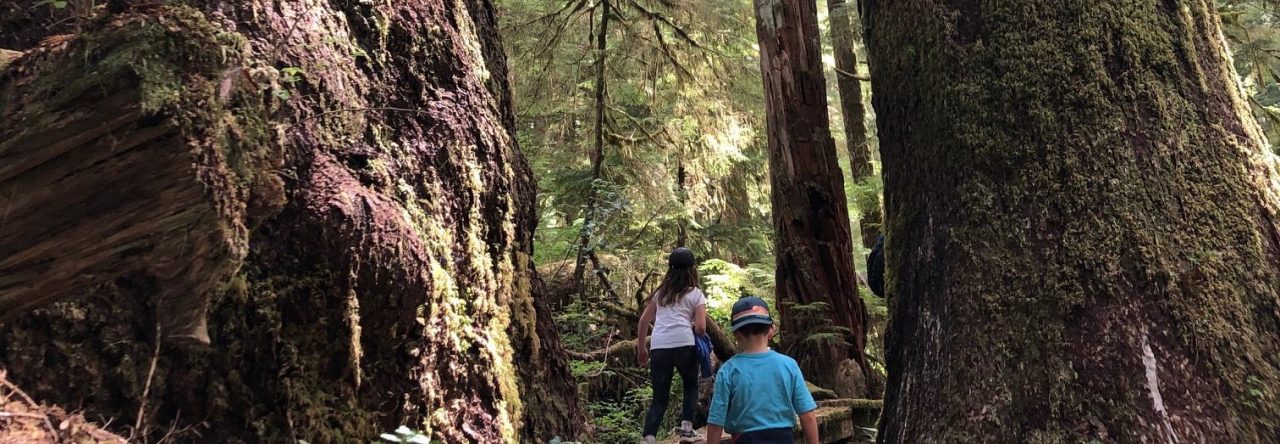
Leave a Reply